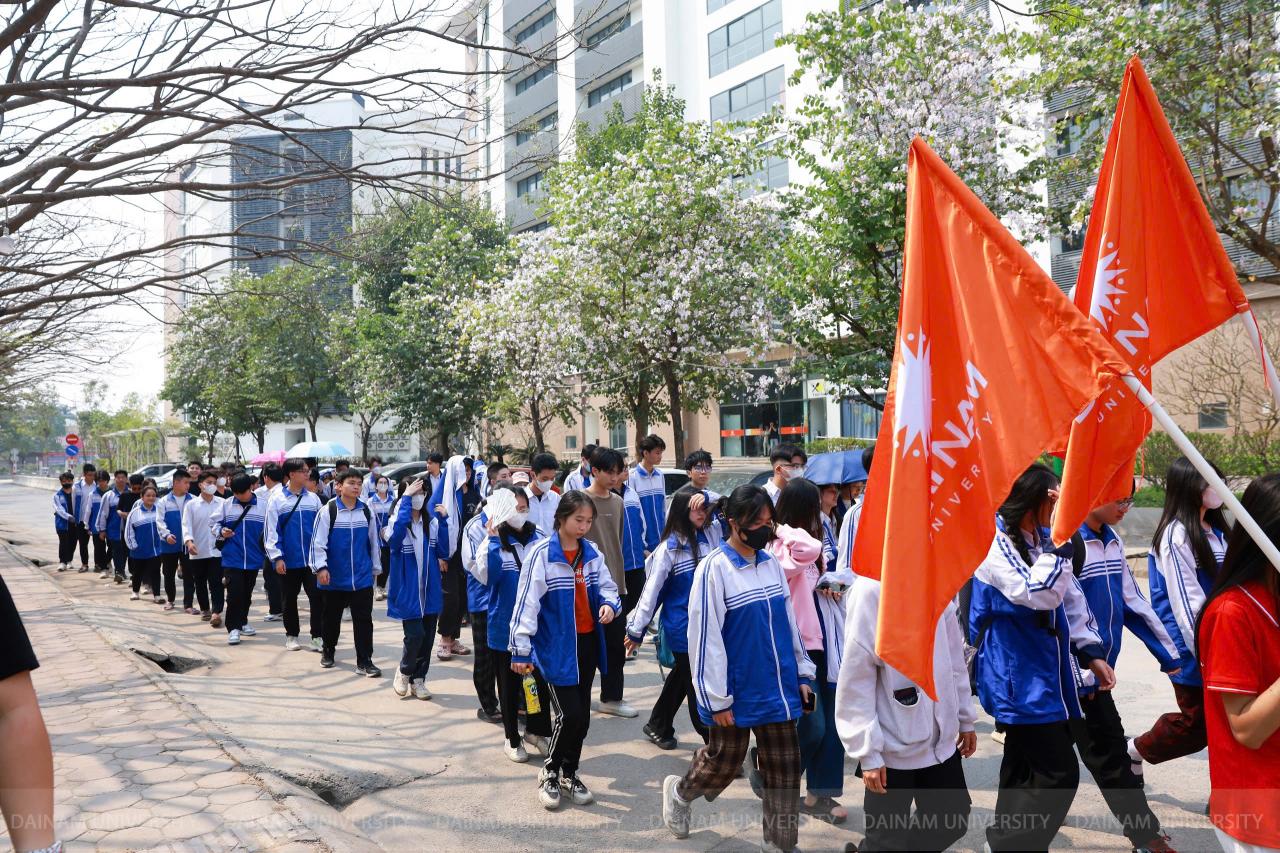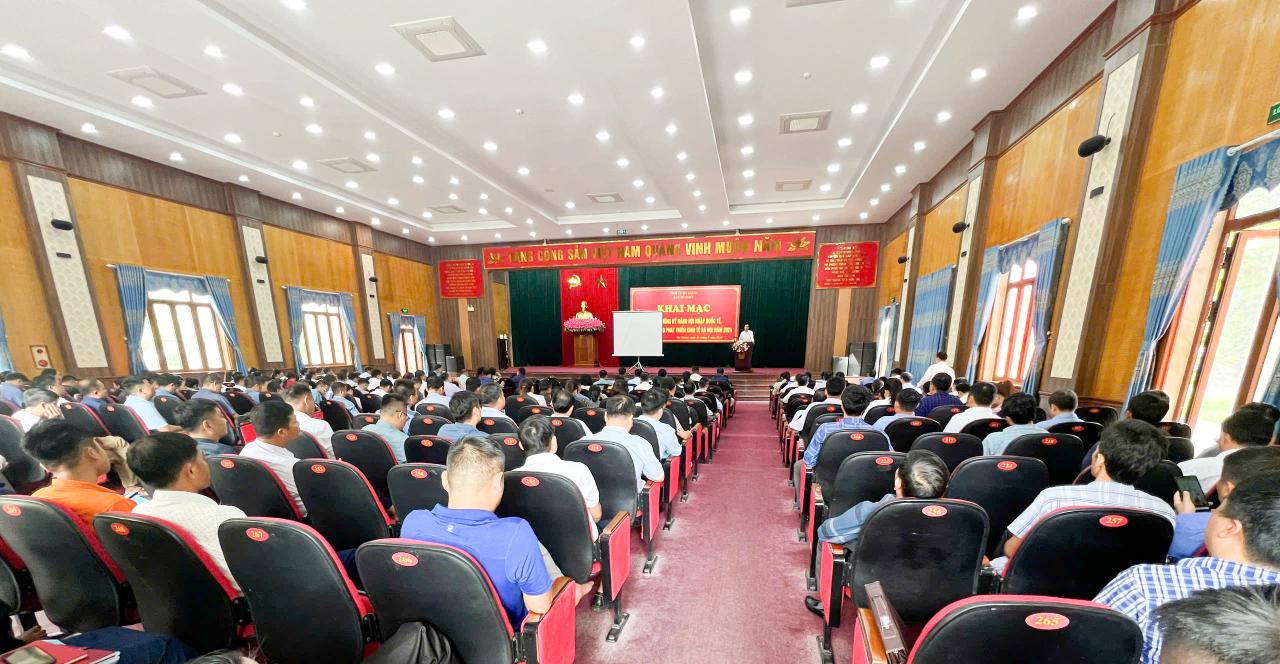Epidemiology of Covid-19 in children: Differences in clinical signs compared to adults

What is Covid-19?
What is Covid-19? COVID-19 stands for "Coronavirus Disease 2019", which is caused by a virus called SARS-CoV-2. This virus first appeared in late 2019, and quickly spread around the world. This is a new virus, so not much is known about this virus, about its spread, disease-causing ability, ability to mutate …
Epidemiology of Covid-19 in children
Covid infection rates in children have changed between countries and continents from 2020 to 2021.
In 2020, the US Centers for Disease Control (US CDC) reported 2,572 (1.7%) children under 18 years of age with COVID-19 among 149,082 cases from February 12 to April 2, 2020. Three deaths were reported to CDC. The median age was 11 years and 57% were male. Fifteen children required ICU admission (≤2%). Children 1 year of age accounted for the highest rate of hospitalization (15-62%).
Italian data published on 18 March 2020 showed that only 1.2% of 22,512 COVID-19 cases were children; no deaths were recorded in this study and a cohort study in Madrid, Spain.

Illustration photo.
The European Surveillance System (TESSy) collects data from European countries and the UK on laboratory-confirmed COVID-19 cases. Of the 576,024 laboratory-confirmed COVID-19 cases, 0.7% were in children aged 0-4, 0.6% were in children aged 5-9, and 0.9% were in children aged 10-14.
A report from the China CDC (Dong 2020=18) included 2,143 pediatric patients from January 16, 2020 to February 8, 2020. Only 731 children (34.1%) had laboratory-confirmed diagnoses. The median age was 7 years with 56.6% of the children being boys, less than 5% were classified as severe and less than 1% as critical.
The Korea Centers for Disease Control and Prevention reported on March 20, 2020, that 6.3% of all COVID-19 cases were children under the age of 19; however, children were reported to have only mild illness.
COVID-19 cases among people under 18 in Indonesia increased by 12.5% in June 2021. The number of COVID-19 cases among people under 18 in Indonesia doubled in less than a month, said Dr. Aman Pulungan, head of the Indonesian Pediatric Society. Between June 28 and July 4, 11,872 Indonesian children contracted COVID-19, bringing the total number of infected children in the country to 26,000, including 600 deaths.
In Vietnam, according to information from the Hanoi Department of Health, the number of children infected with COVID-19 in Hanoi during this outbreak is showing signs of a significant increase. From July 5 to July 30, 2021, about 5% of the total number of COVID-19 cases in Hanoi were children aged 0-5 years old. According to the Ho Chi Minh City Center for Disease Control (HCDC). As of August 19, 2021, there were 1,937 children under 16 years old (5.8%).
Are the clinical symptoms of Covid infection in children different from those in adults?
Children of all ages can get COVID-19. Children are less likely to become severely ill than adults, but it can still happen. Recent evidence suggests that children may have similar viral loads in their upper respiratory tracts to adults, so infected children may be able to spread the virus to others.
Children with COVID-19 can also have symptoms similar to those in adults, but they are usually milder. Symptoms for children include:
- Fever or chills, cough, sore throat, body aches, headache, nausea or vomiting, stuffy or runny nose, difficulty breathing, diarrhea…
- Fever and cough are common COVID-19 symptoms in both adults and children; shortness of breath is common in adults. Children can develop pneumonia, with or without obvious symptoms. They may also have a sore throat, extreme fatigue, or diarrhea.
Classification of Covid-19 in children
Classified into 5 levels.
1. Asymptomatic: are cases of SARS-CoV-2 infection confirmed by positive realtime RT-PCR test, but without clinical symptoms.
2. Mild: Acute upper respiratory tract infection, with nonspecific clinical symptoms such as fever, dry cough, sore throat, stuffy nose, fatigue, headache, muscle aches, and tongue numbness.
3. Moderate: Moderate pneumonia, fever and cough, cough with phlegm, wheezing, children may breathe rapidly and have difficulty breathing.
4. Severity: Severe pneumonia, high fever, cough, rapid breathing, chest retraction, groaning, cyanosis, oxygen saturation below 93%, lethargic, unable to drink or breastfeed, impaired consciousness (lethargy or coma); convulsions.
5. Critical level: Rapid progression to acute respiratory distress syndrome ARDS, sepsis, septic shock.

Illustration photo.
Does Covid-19 cause serious complications in children?
- Severe symptoms may occur in children with underlying medical conditions such as genetic disorders, severe neurological conditions, congenital heart disease, sickle cell disease, obesity, diabetes, chronic kidney disease, asthma and other lung diseases, or a weakened immune system.
- Pediatric transient systemic inflammatory syndrome associated with SARS-CoV-2 (PIMS-TS) (or multisystem inflammatory syndrome in children (MIS-C) or Kawasaki disease-like symptoms. This can be life-threatening if organ damage is not treated quickly.
In April 2020, clinicians from the UK, France, Italy, Spain, and the US reported cases of children with severe inflammatory syndrome with symptoms resembling Kawasaki disease, some of whom tested positive for CoV-2, while others did not [8]. Currently, the pathophysiological relationship between COVID-19 infection and Kawasaki disease remains unclear, and it is not known what causes MIS-C and who is at risk for this syndrome.
Symptoms include: Persistent fever, abdominal pain, vomiting or diarrhea, rash, red conjunctivae, red, cracked lips, strawberry-red tongue, swelling of hands, feet, lymph nodes in the neck, headache, behavioral disturbances, confusion, difficulty breathing, evidence of SARS-CoV-2 infection or close contact with someone with COVID-19.
References
1. Ministry of Health, Guidelines for diagnosis and treatment of COVID-19 caused by the new strain of Corona virus (SARS-CoV-2)
2. CDC COVID-19 Response Team. Coronavirus Disease 2019 in Children – United States, February 12-April 2, 2020. MMWR Morb Mortal Wkly Rep. 2020 Apr 10;69(14):422-426.
3. CDC (2). Considerations for Inpatient Obstetric Healthcare Settings. April 2020.
4. European Center for Disease Prevention and Control. Paediatric inflammatory multisystem syndrome and SARS-CoV-2 infection in children – 15 May 2020. ECDC: Stockholm; 2020.
5. https://mangyte.vn/new-indonesia-co-ty-le-tre-em-mac-covid19
6.https://covid19.gov.vn/khoang-5-tong-so-ca-mac-covid-19-o-ha-noi-la-tre-duoi-5-tuoi.
7. https://tuoitre.vn/tp-hcm-co-1-937-tre-em-duoi-16-tuoi-mac-covid-19
8. Jones VG, Mills M, Suarez D, et al. COVID-19 and Kawasaki Disease: Novel Virus and Novel Case. Hosp Pediatr. 2020 Apr 7:hpeds.2020-0123.
9.Livingston E, Bucher K. Coronavirus Disease 2019 (COVID-19) in Italy. JAMA. 2020 Mar 17. pii: 2763401.
10.Lu X, Zhang L, Du H, et al. SARS-CoV-2 Infection in Children. N Engl J Med. 2020 Mar 18.
Assoc. Prof. Dr. Pham Trung Kien – Assistant to the President of the University Council on Medicine
Register for admission consultation 2025
scholarships and tuition support worth up to 55 billion VND

scholarships and tuition support worth up to 55 billion VND








